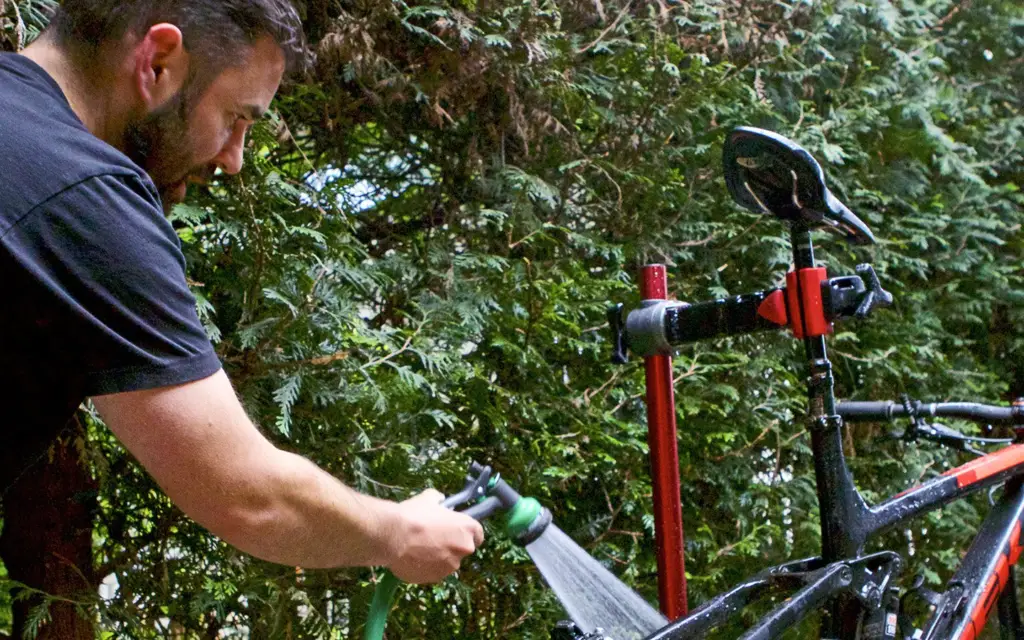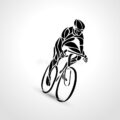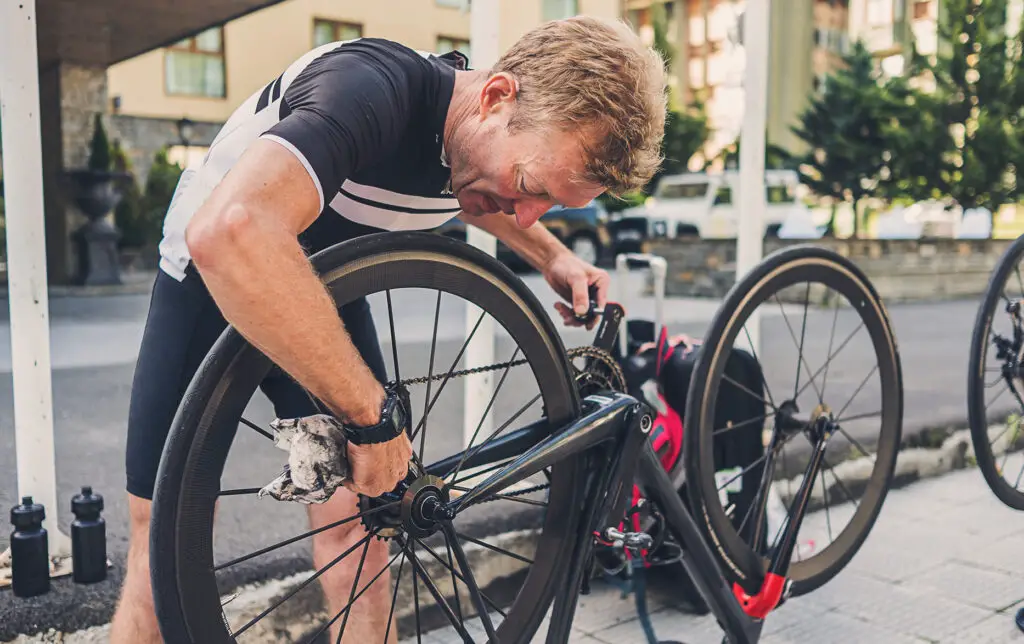It is essential to take care of your new hybrid bike, as it is a valuable possession. This will ensure optimal performance and safety whenever you ride it. Before using your bike, we suggest conducting regular maintenance tasks and basic inspections.
For a more specific hybrid bike maintenance checklist tailored to your bike, please refer to the owner’s manual or handbook provided.
Prior to riding, we strongly recommend reading the owner’s manual, as it contains valuable tips and instructions on adjusting the brakes according to your preference and avoiding potential bike issues.
Check out the best hybrid bicycle under 300
Useful Tools and Equipment

Before Each Ride
- Make sure to inflate your tires to the recommended pressure, which you can find on the sidewall of the tire. Also, inspect the tires for any signs of tearing or damage.
- Next, test your brakes to ensure that both brake pads make sufficient contact with the rim or disc. If needed, refer to the manual for instructions on adjusting the brakes.
- Additionally, check that the wheels are firmly attached and there is no looseness or play. If necessary, tighten the quick release or thru-axle.

Monthly
- Inspect your brake pads for signs of wear. Brake pads that are worn out can lose their effectiveness and pose a significant risk. For rim brake pads, it’s recommended to replace them when the groove pattern in the friction material becomes smooth. As for disc brake pads, they should be replaced when there is less than 1mm of friction material remaining. Taking these measures will help ensure the optimal performance and safety of your bike’s braking system.
- Ensure your drivetrain is thoroughly cleaned, degreased, and properly lubricated. This will reduce pedaling noise and prevent premature wear. The drivetrain components encompass chain rings, cranks, cassettes, derailleurs, and chain.
- Proceed to tighten all bolts following the recommended torque levels as outlined in the owner’s manual. Begin at the front of the bike and gradually move towards the rear. During this process, carefully inspect the parts and components for any signs of play, paying particular attention to the headset and bottom bracket.
- Thoroughly examine the frame, wheels, brakes, and tires for indications of wear, particularly cracks. It is advisable to clean your bike before conducting this inspection.
- Check for any stretch in the gear and brake cables. Common signs of stretch include gears not shifting properly and brakes losing their sharpness. Adjust the cables appropriately using the barrel adjusters on the cable housing. If your bike has hydraulic brakes, they may require bleeding. For additional guidance on brake and gear adjustments, refer to the owner’s manual.

Every 6 Months
- Apply grease to various parts and components such as the seat post, wheel bearings, and bottom bracket bearings. This will prevent creaking noises and promote the smoother operation of your bike. Note that carbon fiber parts, components, and frames necessitate the use of carbon gel instead of grease.
- Conduct a thorough inspection of the drivetrain to identify any signs of wear. A prominent indicator of drivetrain wear is the chain slipping while riding, especially under power. If the teeth on your chainrings and cassette exhibit wear, it is advisable to replace them. Additionally, it is recommended to utilize a chain wear tool to assess if the chain has stretched. If stretching is detected, replacing the chain will optimize pedaling efficiency. The drivetrain encompasses cranks, chains, chainrings, cassettes, and derailleurs.
- Replace brake and gear cables as needed. This is typically required when cables have frayed or do not move smoothly through the cable housing. If the housing itself is damaged, it may also need to be replaced. For hydraulic disc brakes, a bleed is often sufficient. Inspect the brake hoses and connections to ensure there are no fluid leaks. If any leaks are present, refrain from using your bike until the faulty part has been replaced.
Check out the benefits of a hybrid bike
Annually
- If the bottom bracket and drive chain show excessive wear, it is recommended to replace them.
- If the handlebar grips are worn out, it is advisable to replace them as well.

Cleaning
- Regularly clean your bike, particularly after wet or muddy rides and during the winter season, as the accumulation of saltwater and dirt can lead to premature wear of parts and components. When using a hosepipe for cleaning, avoid directing the water jet directly at fork seals and bearings to prevent misalignment and the entry of dirt and water. It is advisable to point the hosepipe downwards.
- Never utilize a pressure washer to clean your bike, as the high pressure can cause damage to the bearings.
Know Your Bike: Parts of a Bike



